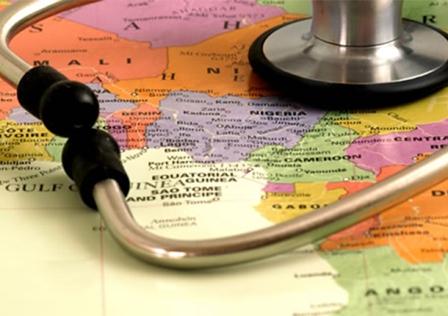The World Health Organisation (WHO), on Monday, published its first-ever list of antibiotic-resistant “priority pathogens”, a catalogue of 12 families of bacteria that posed threat to human health.
The list was drawn in a bid to guide and promote research and development of new antibiotics, as part of WHO’s efforts to address growing global resistance to antimicrobial medicines.
Marie-Paule Kieny, WHO’s Assistant Director-General for Health Systems and Innovation in a statement said “this list is a new tool to ensure research and development responds to urgent public health needs.
“Antibiotic resistance is growing, and we are fast running out of treatment options. If we leave it to market forces alone, the new antibiotics we most urgently need are not going to be developed in time”.
The list highlights in particular the threat of “gram-negative” bacteria that were resistant to multiple antibiotics.
These bacteria had built-in abilities to find new ways to resist treatment and could pass along genetic material that allowed other bacteria to become drug-resistant as well, Kieny said.
The WHO list is divided into three categories according to the urgency of need for new antibiotics: critical, high and medium priority.
The most critical group of all includes multidrug resistant bacteria that pose a particular threat in hospitals, nursing homes and among patients whose care requires devices such as ventilators and blood catheters.
They include Acinetobacter, Pseudomonas and various Enterobacteriaceae, including Klebsiella, E.coli, Serratia and Proteus.
They can cause severe and often deadly infections such as bloodstream infections and pneumonia, according to WHO.
These bacteria have become resistant to a large number of antibiotics, including carbapenems and third generation cephalosporins, the best available antibiotics for treating multi-drug resistant bacteria.
Kieny said G20 health experts will meet this week in Berlin to deliberate further.
The list is intended to spur governments to put in place policies that incentivise basic science and advanced research and development by both publicly funded agencies and the private sector investing in new antibiotic discovery.
While more research and development was vital, it could not solve the problem, the WHO official said.
To address resistance, there must be better prevention of infections and appropriate use of existing antibiotics in humans and animals, as well as rational use of new antibiotics. (NAN)
APT/HA

